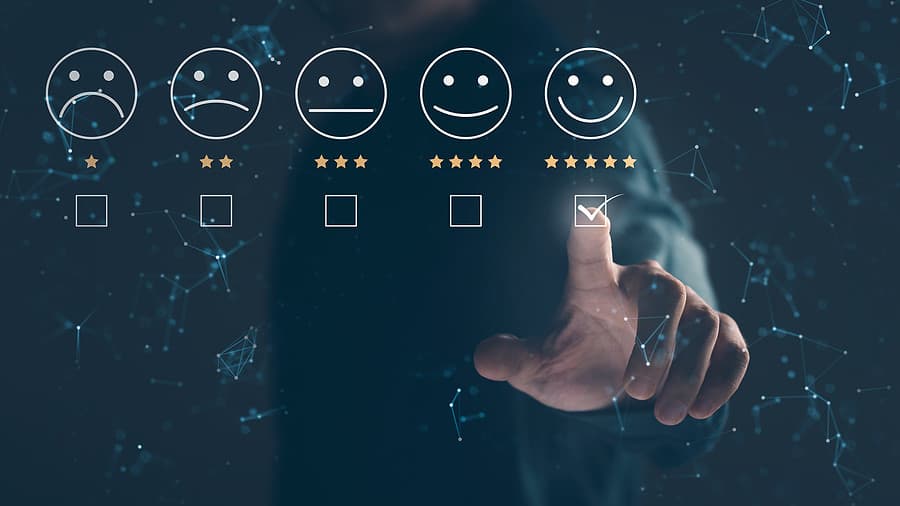Many HR professionals have rightly become interested in the idea of enhancing the employee experience. And why not? Data shows those who perceive their at-work experience to be high, are more engaged and also more productive. In other words, creating good experiences is a business win-win.
Not surprisingly, we have also seen a raft of technology vendors all beginning to offer employee experience technology too. Who can blame them? But one big mystery remains: what is this technology and how does it actually help?
Unfortunately, this seemingly simple question leads us into a world of confusion!
Many different types of HR software claim to be a key part of the employee experience. In a way they are right. As I describe with Peter Navin in our book The CMO of People (2nd Edition), employee experience is based on all the touchpoints between an employee and the organization. Since each piece of software has touchpoints with employees, they all are right to claim it impacts experience.
And yet this in not the whole story. The closest thing we get to a pure employee experience platform is an intranet-like system (e.g. Igloo or Akumina), where employees can access all their tools and communication in one place. This kind of system can be an important part of the employee experience. But if the different services the intranet links you to create a bad experience you are no further ahead.
So how do HRDs approach employee experience when everything affects the employee experience?
Here are a few simple guidelines for how to focus your efforts on the employee experience side of technology:
- Focus on fixing poor technology that gets in the way of employees being productive
While HR might instinctively lean towards points 2 and 3 first (see below), they should really start with a focus on people’s work. It’s worth remembering that employees (generally) do care a lot about getting their work done. If they can’t get their work done because a system is slow or confusing or hard to use, then that hurts the employee experience. Yes, we can have systems that enhance the employee experience by, for example, offering recognition, but the best place to start is by doing everything you can to make people’s work as efficient as possible.
- Focus on addressing annoying technology that frustrates employees
The second element involves identifying what employees find most annoying. Both the first and second elements are easy to uncover: Just ask employees.
- Find ways to occasionally delight employees with state-of-the-art systems
This third element is probably the hardest to pull off. It’s a real plus when you occasionally delight employees by offering something unexpected. The good news is that every so often a new technology will come along that noticeably improves the employee experience. For example, being able to swap shifts using a mobile app. That will delight employees if you are an early adopter. If you are a late adopter, then no one will be impressed.
Be prepared for a bumpy road to start with
It’s worth noting however, that when you try to make things better you may sometimes make things worse.
The period of working out the bugs and learning to use new technology is often a painful time. But remember, the employee experience you should focus on is not just the final state of the product; it’s the experience through the whole period of transition. This means involving stakeholders in the technology decision, testing thoroughly before you roll it out, training users, and providing outstanding support in the early days as users adopt the new tool.
If you only remember one thing…
If you only come away with one thing though, it should arguably be this: If you approach things with the mindset “we ought to buy employee experience technology” – this will lead you in the wrong direction.
HRDs need to always be aware of the employee experience and how it is affected by various technologies. It is only then that they should adopt the technology they think will make a biggest difference.
Given every technology can impact the employee experience, let’s just start to notice where experience isn’t good and then find ways to improve it.
